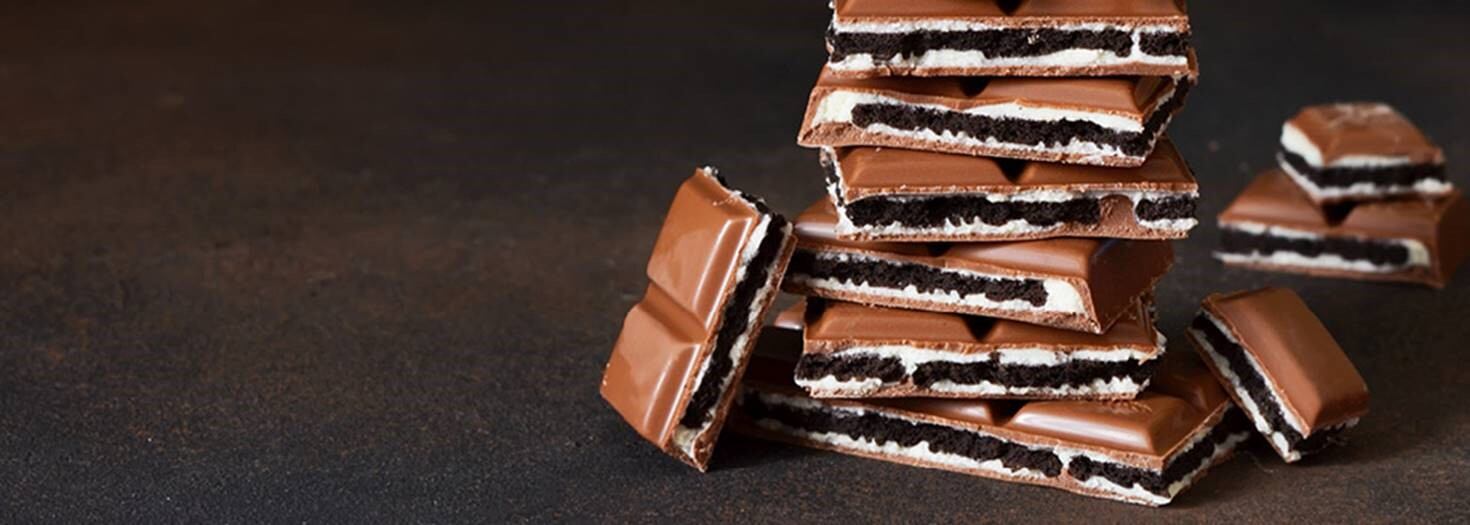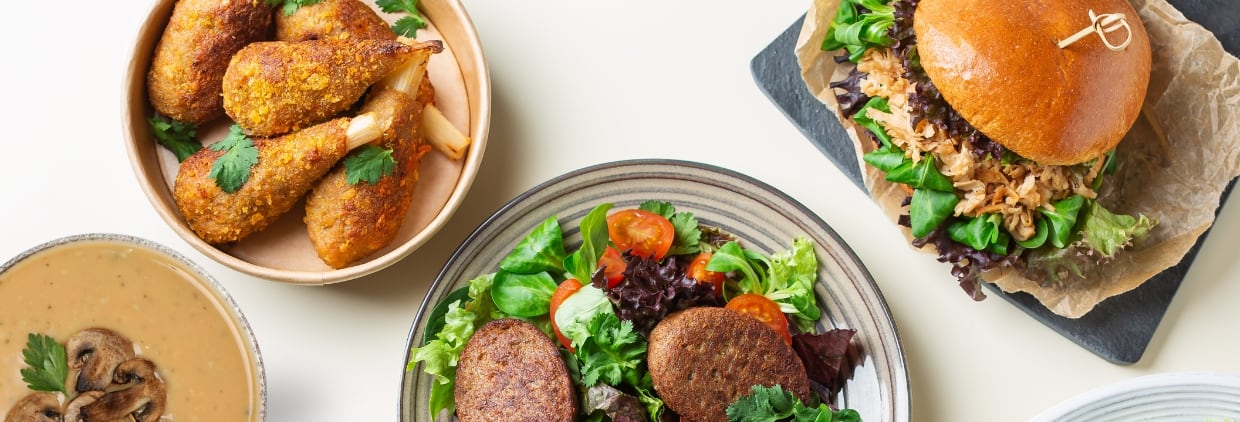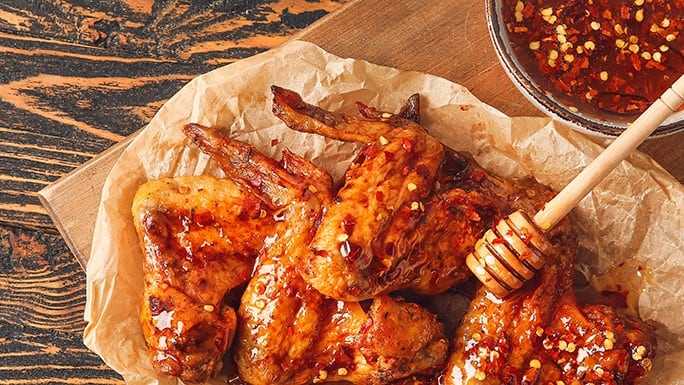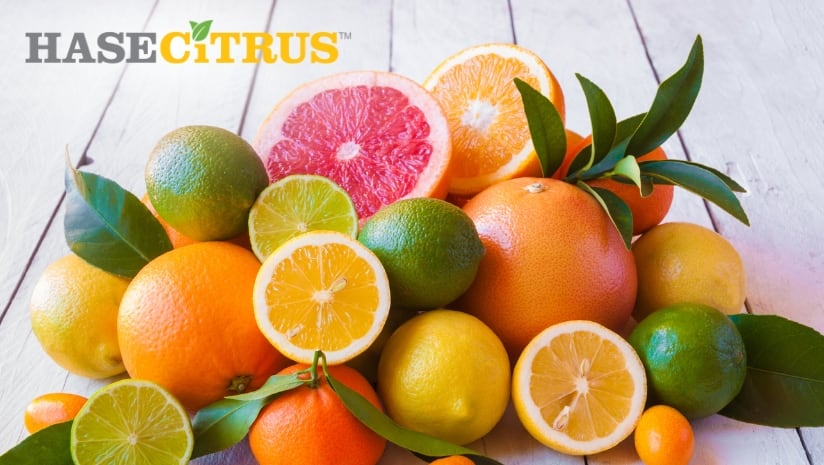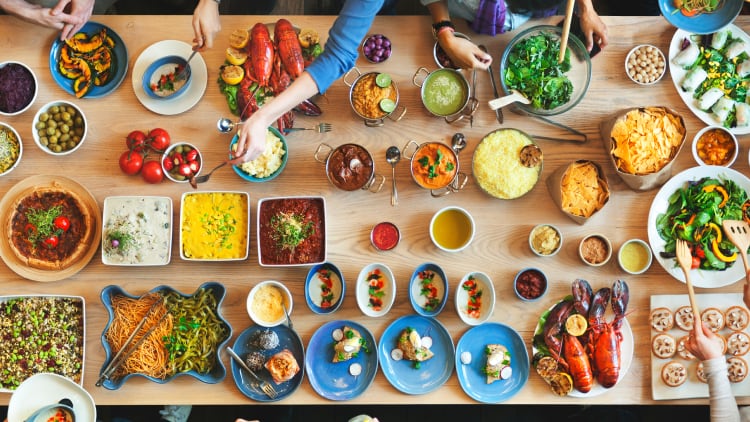Chocolate and vanilla have added an indulgent, complex sweet flavor to foods and beverages for millennia. With ancient origins that can be traced back to the Olmecs of Southern Mexico as early as 1500 B.C. then refined by the Maya civilization, both chocolate and vanilla have enjoyed immense popularity for thousands of years, while continuing to grow in demand every year. Grown in select countries around the world, then harvested, dried and roasted in a reaction process to produce a concentrated extract, chocolate and vanilla have become staple flavors in nearly every sector of the food and beverage industry – proving there is more to these classic flavors than just desserts.
Today, food and beverage brands are discovering the full potential of chocolate and vanilla as these flavors shape innovation in a broad range of products from sweet to savory concoctions.
According to Mintel research, consumer interest in chocolate flavors surged over 538 percent from 2017 to 2020. What was once generally considered an indulgent dessert flavor can now be found in a frozen entrée featuring a slow simmered Mexican mole sauce drizzled over enchiladas, baked into a rich flavorful snack bar, or blended into a smooth refreshing post-workout nutrition beverage and much more. The hidden key to chocolate’s versatility is its ability to complement the interaction with other ingredients such as citrus and spices, representing a key opportunity for brands who make chocolate a part of new product development.
Chocolate is made from the fruit of cacao trees, which produces pods containing cocoa beans. This fruit is harvested and the cocoa beans are extracted, dried and roasted to produce the distinct chocolate aroma and flavor that we all know. These cocoa beans form the foundation of all decadent chocolate products that we love, from creamy milkshakes to indulgent truffles, gooey warm baked treats and more.
California-based T. Hasegawa USA, the U.S. subsidiary of global top 10 flavor & fragrance company T. Hasegawa Co. Ltd. in Japan, is at the forefront of chocolate and vanilla flavor development. With decades of research & development crafting chocolate and vanilla applications for some of the world’s top brands, T. Hasegawa’s advanced technology and experienced flavorists have redefined the role that chocolate and vanilla play in foods and beverages. T. Hasegawa produces its own cocoa extracts, including classic flavor combinations like dark chocolate, white chocolate, mint chocolate, among others, in natural, organic certified, vegan and non-GMO varieties. T. Hasegawa’s chocolate and vanilla flavors are also available in both liquid and spray-dried delivery systems.
“It’s a thrilling time to work with chocolate and vanilla because we are just beginning to realize the full potential of these familiar, yet versatile flavors” explained T. Hasegawa’s Director of Sweet Technology, Ibrahima Faye. “Yes, chocolate and vanilla can deliver the classic taste we already love, but these natural ingredients boast a range of other capabilities that can add complexity to different flavors or improve the taste of foods far beyond the dessert category.”
Vanilla is harvested from the seed pods of the Vanilla planifolia orchid flower, which only grows in hot, humid climates in close proximity to the equator. The pods are picked and heat-dried for up to six months, over which time thousands of flavorful vanilla seeds or ‘beans’ are harvested. These beans are processed with water and alcohol to produce a strong extract, which forms the basis for the rich sweet flavor we recognize as vanilla.
This extensive harvesting and production process comes at a cost, though. Due to the specific growing conditions along with labor-intensive harvesting process, vanilla is the second most expensive spice on earth, after saffron. As a result, vanilla is also one of the few food ingredients that adheres to strict FDA Standards of Identity (SOI), which regulates the quantity and quality of vanilla that is included in packaged extracts and other products. Less than one percent of the total global market in vanilla flavor is sourced from vanilla beans.
“The Standard of Identity adds an extra layer of complexity to developing vanilla flavors,” said T. Hasegawa senior flavor chemist, Lauren Mayberry. “A popular flavor application, vanilla ice cream, has to adhere to not only the standard of identity for vanilla but also the standard of identity for ice cream. Working within customer guidelines while also prioritizing natural ingredients and cost parameters brings a challenge that we solve often for customers.”
Boasting an exotic, fragrant and complex flavor, vanilla is an incredibly versatile spice that can bring a rich, sweet touch to a broad range of applications ranging from dessert and baking recipes to savory dishes, sauces, beverages and even alcohol flavors. Over 150 different varieties of vanilla exist worldwide, but the vast majority of food and beverage products are developed using four main vanilla varieties, each offering a distinct flavor and aroma to suit different applications:
- Bourbon Vanilla: Commonly known as “Madagascan Vanilla,” and named after the Île Bourbon (a small island off the coast of Madagascar), bourbon vanilla is known for a sweet, rum-like flavor. Bourbon vanilla accounts for around 75 percent of all vanilla on the market today and provides the sweet classic vanilla found in desserts and ice cream.
- Tahitian Vanilla: Harvested in the South Pacific island of Tahiti, this variety unveils floral qualities with a strong fragrance that make it particularly well-suited for beverage applications. A sweet chocolate-like top-note makes Tahitian vanilla a versatile option
- Indonesian Vanilla: As the dominant variety grown in Asia, Indonesian vanilla often displays smoky characteristics that make popular in sauces and caramels, plus as a compliment to chocolate in many products.
- Mexican Vanilla: Considered the ‘original’ vanilla since the flavor was first harvested and consumed in what is present-day Mexico, this variety has a very distinct taste that reveals spicy and woody notes which are particularly suited for savory dishes.
“Our portfolio of vanilla flavors is tailored to each customer’s needs, and between these four main varieties, we are able to provide economical vanilla flavor solutions including all natural, WONF (with other natural flavors), and natural type flavors,” added Jeanene Martinez, director of applications at T. Hasegawa. “These distinct vanilla varieties can cover a lot of different applications, including both traditional sweet dishes as well as emerging culinary trends with savory foods.”
After centuries as a natural sweetener and baking additive, vanilla is becoming popular with top chefs as a flavor enhancer for savory dishes. In these culinary applications, vanilla gives depth of flavor to chicken and pork dishes, while fish or shrimp in a vanilla coconut sauce is a common dish in tropical regions. Vanilla rounds out the taste of these savory dishes by adding creaminess, balancing sweetness while toning or masking bitterness or acidity.
In general, chocolate and vanilla are both capable of much more than simply adding a rich, sweet flavor to foods and beverages. In product development, chocolate and vanilla are effective masking agents – they can mask the unwanted flavor notes from vitamins and proteins, providing the perfect anecdote for the otherwise bitter taste of most sports nutrition beverages and snack bars. Where fruit flavors can at times bring out the harsh notes such as vitamin K, the richness of chocolate and vanilla can accentuate the better flavors in the product while masking the unwanted notes.
“Proteins have off-notes naturally, which can make for a very unpleasant taste, so chocolate and vanilla are natural effective ways to make protein-rich products like sports nutrition powder and beverages more enjoyable,” added Mayberry. “Many of our customers will provide the base recipe for their product, which we modulate with flavor technology and added top-note flavors to create a classic taste that masks the off-notes in these particular protein products.”
For food and beverage R&D professionals, chocolate and vanilla are opening many possibilities while solving many challenges in flavor development. As they may always be associated with the decadent dessert foods – and rightfully so – chocolate and vanilla are expanding into everyday use and providing countless solutions for food and beverage product development, wherever a sweet, richness of flavor is needed.
Food and beverage brands who are looking to take their product to the next level of flavor can explore the possibilities of vanilla and chocolate by contacting T. Hasegawa USA at www.thasegawa.com or by calling (866) 965-0502.

